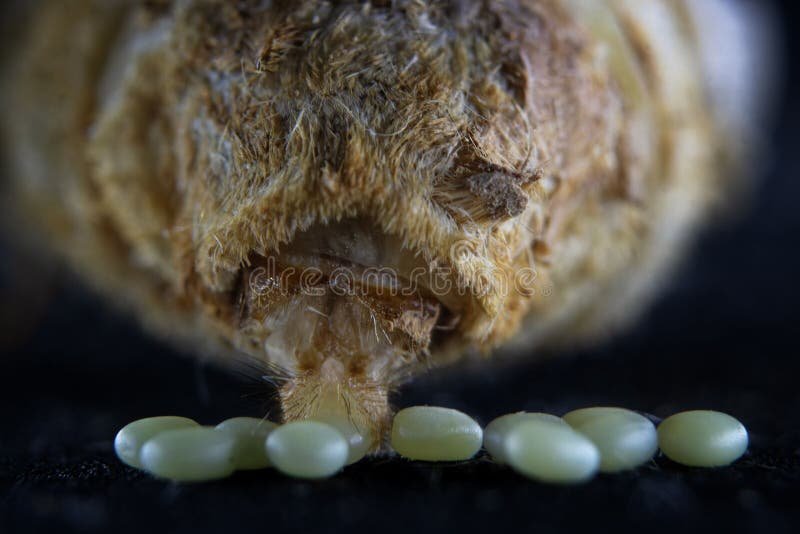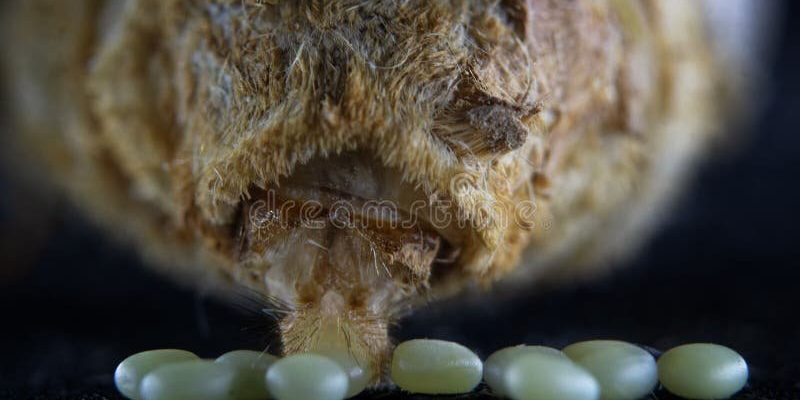
In this exploration, we’ll dive into how silkworms choose their partners, the unique mating rituals they perform, and the delicate process of laying eggs. Think of it as a behind-the-scenes tour of their life cycle, where every step is choreographed to ensure the survival of the species. So grab a cup of coffee, and let’s unravel the wonders of silkworm reproduction!
The Mating Ritual of Silkworms
Silkworms, or *Bombyx mori*, have a rather intriguing mating ritual. This begins with the **females releasing pheromones**, which are chemical signals that attract males. Imagine it as a siren call where the males are drawn in by the sweet, enticing scent. Once a male catches a whiff of a female’s pheromones, he goes on a mission.
Here’s the thing: before they can mate, the male has to locate the female, which can be a challenge in the wild. If you’ve ever tried to find someone in a crowded room, you’ll appreciate how tricky this can be. Once they find each other, the courtship begins. Males often engage in a dance-like behavior—twitching and moving their bodies to impress the female.
This little performance helps the female decide if she’s interested. If she’s receptive, the two will come together for mating. The entire process can last a few hours, and it’s a critical moment for both; they need to ensure that they’re getting the best genetics for their offspring.
Understanding Silkworm Mating Behavior
The **mating behavior of silkworms** is influenced by several factors, including age, health, and environmental conditions. For instance, females that are well-fed and healthy tend to release more pheromones, making them more attractive to males. It’s like how a well-cooked meal at a restaurant can draw in more customers.
Moreover, timing plays a crucial role in their mating success. Silkworms are predominantly nocturnal, meaning they are most active at night. This timing helps them avoid predators and ensures that they mate under safer conditions.
Additionally, males often compete with one another to win the attention of a female. They might exhibit aggressive behaviors, like *tapping* on each other or using their antennas to gauge who might be the stronger candidate. It’s a bit like a reality show where the contestants vie for the chance to go on a “date.”
The Process of Egg Laying
Once mating is successful, the female is ready to lay her eggs. This process is fairly straightforward but requires specific conditions to ensure the eggs’ survival. After mating, the female can lay anywhere from **300 to 500 eggs** in one go, and she does this over a period of several days. Think of her as a prolific artist, creating a canvas filled with potential life.
The female typically lays her eggs on suitable surfaces, like leaves or fabric, where they can safely develop. She’ll carefully choose a spot that’s not only hidden from predators but also provides the right moisture and temperature for the eggs. In a way, she’s selecting the perfect nursery for her future offspring.
After laying the eggs, the female will move on, as her job is done. But here’s where it gets interesting: the eggs will remain as an inert mass until environmental conditions are just right to hatch. This may take about **10 days** under ideal conditions, but if it’s too cold or dry, it may take longer. This patience is crucial, ensuring that the young silkworms emerge when conditions are most favorable.
Factors Affecting Egg Development
Several factors can influence the development of silkworm eggs. Temperature and humidity are two of the most significant ones. Ideally, silkworm eggs thrive at temperatures around **24-26 degrees Celsius** with a humidity level of 70-80%. If conditions fall outside this range, it can slow down or even halt the hatching process.
Another factor is the genetic health of the mating pair. If the parents are well-nourished and healthy, it can increase the chances of producing robust eggs that develop into strong larvae. In contrast, poor diet or health can lead to weaker eggs that may fail to hatch or produce frail larvae.
Lastly, the environment plays a role too. If eggs are laid in a dry or overly moist area, it can impact their viability. Successful silkworm breeding is all about creating the right conditions for each step of the life cycle.
Common Challenges in Silkworm Reproduction
Silkworms face various challenges during mating and egg-laying. One common issue is **pest infestations**, which can threaten both the adults and their eggs. If pests invade the area where the silkworms are, they can eat the eggs or even attack the mating pairs.
Predation is another significant risk. While silkworms have natural defenses, such as their silk cocoons, they are still vulnerable during the mating season and while laying eggs. Ensuring that they have a safe environment can help mitigate these risks.
Lastly, environmental stressors, such as sudden temperature changes or humidity fluctuations, can severely affect their reproduction. This is why controlled environments like sericulture farms often yield better results for breeding silkworms than those in the wild.
The Importance of Silkworm Reproduction in Sericulture
Understanding silkworm mating behavior and egg laying is critical for the field of **sericulture**, which is the cultivation of silkworms for silk production. By ensuring healthy mating practices and optimal egg-laying conditions, sericulturists can produce high-quality silk.
The process also has a broader impact on the economy. Silk production contributes significantly to the income of many farmers and contributes to traditional industries worldwide. When done sustainably, this practice can support local communities and preserve cultural heritage.
Moreover, improving the understanding of silkworm reproduction can lead to advancements in genetic breeding, helping to produce silkworm strains that are more resilient and productive. This not only boosts silk production but also reduces the reliance on pesticides, making sericulture a more sustainable practice.
In the world of silkworms, mating behavior and egg laying are intricate processes that ensure the continuous cycle of life. From the dance of courtship to the careful laying of eggs, each step is essential for producing the next generation of these remarkable creatures.
By understanding these behaviors, we not only appreciate the complexity of the silkworm’s life but also recognize the importance of supporting these tiny insects. Whether for their silk or their role in nature, silkworms deserve our consideration and care. Next time you see silk, remember the tiny dancers and their behind-the-scenes efforts that made it all possible!

